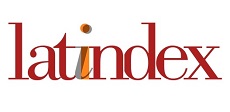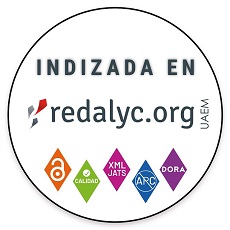Publicado
Diseño y optimización de un multiplicador modular usando hardware reconfigurable
Palabras clave:
Aritmética Modular, FPGAs, Lenguajes de Descripción de Hardware (es)Modular Arithmetic, Field Programmable Gate Arrays, Hardware Description languages (en)
Descargas
Este artículo sugiere diversas alternativas para la implementación en hardware del operador Multiplicación Modular. Se propone una función de costo para evaluar las alternativas de diseño y se les compara con el objeto de optimizar su comportamiento respecto a parámetros como el área ocupada y el tiempo de ejecución. Éste último parámetro es de vital importancia en entornos criptográficos en donde el operador Multiplicación Modular se usa ampliamente.
Several choices for the hardware implementation of the modular multiplication operator are presented. It proposes a cost function to evaluate these design choices and compares them for the optimization of parameters such as area and execution time. This last parameter is very important in cryptographic applications, where the modular multiplication operator is widely used.
Referencias
Bernal, A. y Guyot, A. (1998), Hardware for computing modular multiplication algorithm, in ‘13th Conference on Design of Circuits and Integrated Systems (DCIS’98), Spain’.
Chiou, C. (1993), ‘A fast logic for modular multiplication’, Int. J. Electronics 74(6), 851–855.
Elgamal, T. (1985), ‘A public key cryptosystem and a signature scheme based on discrete logarithms’, IEEE Transactions of Information Theory IT-31(4).
Flynn, M. (2001), Advanced Computer Arithmetic Design, John Wiley & Sons Publishers.
Koç, K. y Acar, T. (1997), Fast software exponentiation in GF(2k), in ‘Proceedings, 13th Symposium on Computer Arithmetic’, IEEE Computer Society Press.
Koblitz, N. (1987), ‘Elliptic curve cryptosystem’, Mathematics of Computation 48, 203–209.
Menezes, A., Oorschot, P. y Vanstone, S. (1996), Handbook of Applied Cryptography, CRC Press.
Montgomery, P. (1985), ‘Modular multiplication without trial division’, Math. of Computation 44(70), 519–521.
Rabin, M. (1979), Digitalized signatures and public key functions as intractable as factorization, Technical report, Massachusetts Institute of Technology. Laboratory for Computer Science.
R.L., R., Shamir, A. y Adleman, L. (1978), A method for obtaining digital signatures and public-key cryptosystems, Technical report, Communications of the ACM.
Sendrier, N. (1996), Mceliece public key cryptosystems, project codes, Technical report, Inria Rocquencourt.

















